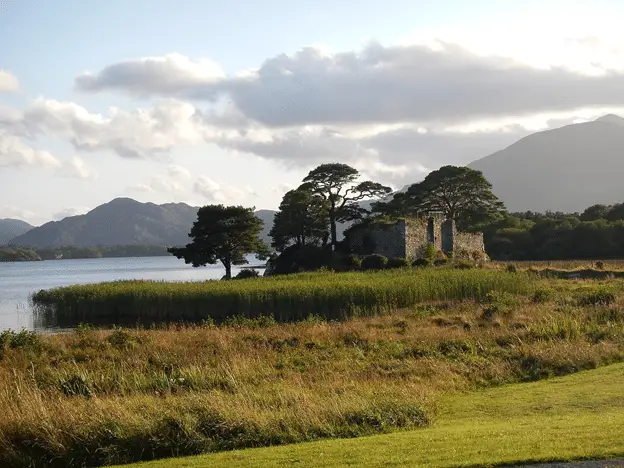Celtic is Irish and Scottish (and more!)
Although many people associate “Celtic” with Ireland or Scotland, the truth is that people defined as “Celts” once inhabited a large part of Western and Central Europe. As the Roman Empire advanced through Europe, the Celtic peoples were gradually forced north and west, settling along the coast. These people became the ancestors of today’s Celtic populations and are spread further than people realize. Traditionally, Celts are defined by their language and customs, and at the height of their expansion, Celts occupied areas as far east as Romania! Modern Celtic nations include not only Scotland and Ireland, but also regions of Great Britain, Spain, and France.

Ancient Celts
Much of our knowledge about the ancient Celts is derived from archaeological finds and Roman records. By 700 BCE, the existence of a distinct Celtic culture is evident through archaeological finds in Austria. Around 517 BCE, a Greek geographer described a group of people living along the Danube River as keltoi. Overall, archaeological evidence has revealed Celtic populations spread from Britain almost to the Black Sea, occupying a large part of Western and Central Europe.
The Celts were not a unified nation. Rather, they were a loosely-knit group of tribes that shared a common language and customs. This can make defining what it is to be “Celtic” more complicated than people realize. As the Romans expanded northward, they often clashed with the Celtic tribes. Between 390 and 50 BCE, the Romans engaged in a series of conflicts with Celts of the Iberian peninsula and modern France, gradually gaining territory. By roughly 500 CE, the Celtic peoples had been pushed back to Britain, Ireland, and small pockets along the coasts of Spain and France.
Celts vs. Romans
The first interactions between the Celts and the Romans were most likely in the form of trade. The famed Celtic knots, a form of art known as interlace, can be compared to similar motifs found in Roman, Byzantine, and African artifacts. Celtic artisans likely created Celtic knots from such motifs. However, attempts by both groups to expand their territories increasingly resulted in military clashes. The Roman Empire held a military advantage over the Celtic tribes, which were pushed north and westward until their territory was restricted to the British islands and some continental coastline. However, the Celtic people were fierce, and Rome did not come by its victories easily. One famous story is that of Boudica, a Celtic queen who led a coalition of tribes in revolt against the Romans in Britain around 60 CE. Although Boudica’s rebellion failed, and she herself died shortly after the Celts’ defeat, the Romans suffered heavy losses from the conflict. Today, Boudica is considered a Celtic folk hero in Great Britain.
Insular vs. Continental Celts
The Celtic tribes can be broadly divided into two types: Continental and Insular. The Continental Celts were those tribes that occupied the main European continent. As Rome expanded, the Continental Celts intermarried with non-Celtic tribes and were gradually subsumed into the Roman empire. However, certain regions today still have a strong connection to their ancient Celtic roots, including Galicia in Spain and Brittany in France.
Celts who settled on the islands of Britain and Ireland are known as Insular Celts and are what most often comes to mind when a person thinks of Celtic culture. They can be divided linguistically into two subgroups: Gaelic, which provides the basis for Irish, Scottish Gaelic, and Manx, and Brittonic, from which we have Welsh, Cornish, Breton, Cumbric, and Pictish.
Today’s Celts
Today’s Celts can be found primarily in Ireland, Scotland, The Isle of Man, Wales, Cornwall, Brittany, and Galicia. These are areas where Celtic culture and language have survived, as seen in the common elements found in their art, music, and language. Additionally, immigration has led to communities of people all over the world who claim Celtic heritage, including Australia, Canada, the United States, and even Argentina. According to sites like https://www.celticcrystaldesign.com/, there is a tremendous amount of demand for jewelry in these countries. So, next time someone asks whether an Irish Claddagh or a Scottish thistle is more authentically Celtic, you can say: “Both!”
